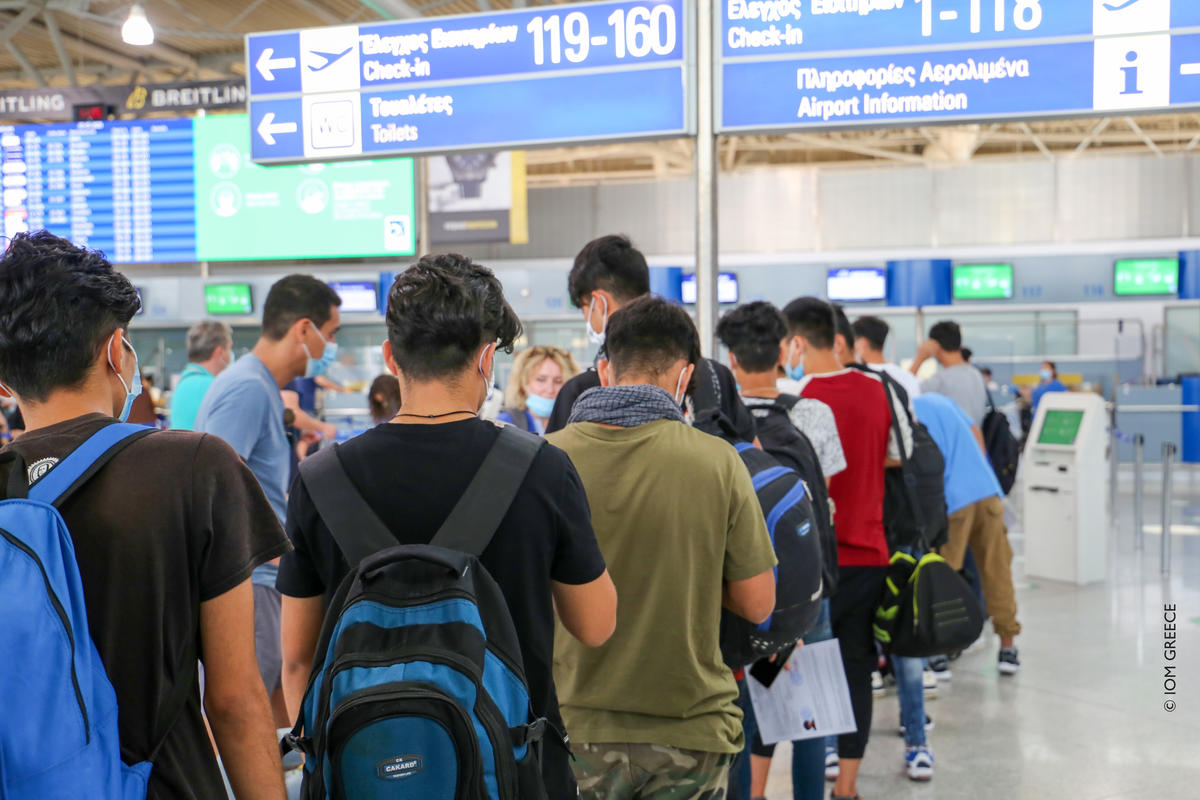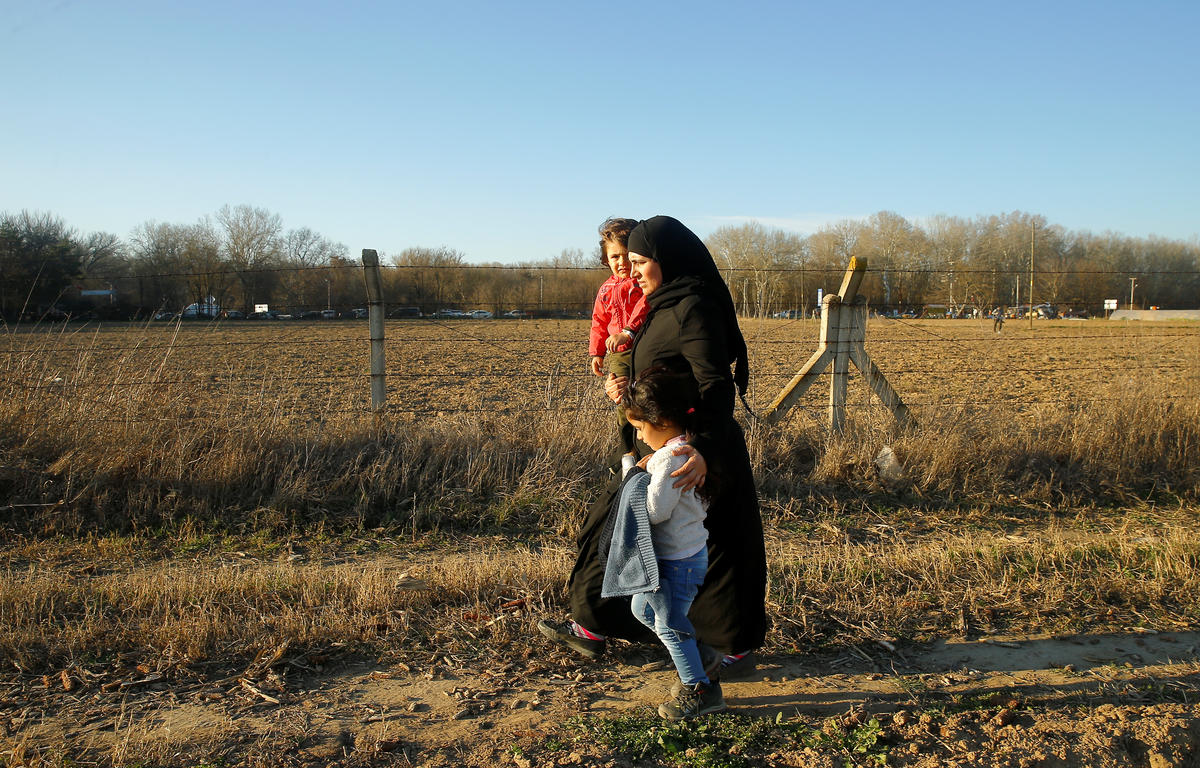Yemen - record number of arrivals by sea from the Horn of Africa
Yemen - record number of arrivals by sea from the Horn of Africa
More than 74,000 Africans, fleeing desperate situations of civil war, political instability, poverty, famine and drought in the Horn of Africa, reached the shores of Yemen this year. This figure represents a staggering 50 per cent increase over already a record high figure of 50,000 arrivals in 2008.
Refugees and migrants make the dangerous journey on smugglers's boats across the Gulf of Aden and the Red Sea under harrowing conditions. In some cases they are beaten, raped, killed or just thrown overboard into the shark infested waters. In addition, the overloaded and overcrowded rickety boats sometimes capsize, resulting in the drowning of many aboard. According to the latest UNHCR statistics, 309 people drowned or did not survive the trip this year alone. In 2008, some 590 people drowned. The mixed migration route through the Gulf of Aden and the Red Sea is presently the busiest and the deadliest one in the world.
Unlike in previous years, Somalis are no longer the majority of arrivals. With nearly 32,000 Somali arrivals this year their number remains steady in comparison to 2008. However, the number of Ethiopians reaching Yemeni shores more than doubled this year - totalling over 42,000 people.
While virtually all arriving Somalis approach the two, strategically positioned reception centres in Mafyaa and Ahwar where they receive protection and assistance, only some 9,000 Ethiopians actually proceeded to these venues this year. Most Ethiopians press on towards the Persian Gulf states in search of jobs opportunities.
The Mafyaa and Ahwar reception centres are open for all nationalities arriving to Yemen. In addition to provision of temporary shelter and assistance, these centres offer information and possibilities to apply for asylum and issue passes, valid for 10 days, for onward travel to Sana'a or Aden, where refugee status determination is carried out. Between January and November this year, 792 non-Somali asylum applications have been recorded by UNHCR, covering 1,124 people.
Upon arrival in Yemen, all Somali nationals are automatically recognised as refugees by the Yemeni authorities, under its group recognition policy. Presently, Yemen hosts some 150,000 Somali refugees of which 14,000 are in the "Kharaz" camp. Other nationalities, including Ethiopians, wishing to apply for asylum are required to undergo the refugee status determination procedure conducted by UNHCR. Over the past year, the vast majority of Ethiopians did not approach the reception centres as they had no intent to seek asylum. However, we believe that some of them may have avoided approaching the centres, fearing arrest and detention as those who do not apply for asylum and are found to be in the country illegally could end up in Yemeni detention and are ultimately deported.
UNHCR has not had systematic access to Ethiopian nationals arriving in Yemen, detained for illegal entry. UNHCR has been consistently raising with the Yemeni authorities its serious concern over continued detention and deportation of Ethiopians - without granting those wishing to seek asylum a prior opportunity to contact UNHCR. This has been a priority advocacy issue for UNHCR in Yemen.
As of early December, UNHCR has gained access to Yemeni detention facilities in Hajjah and in Taiz governorates and has been interviewing the Ethiopians held there. More visits are being planned. Out of 367 Ethiopians interviewed so far, 34 opted to apply for asylum. The remaining said they agree to go back to Ethiopia.









